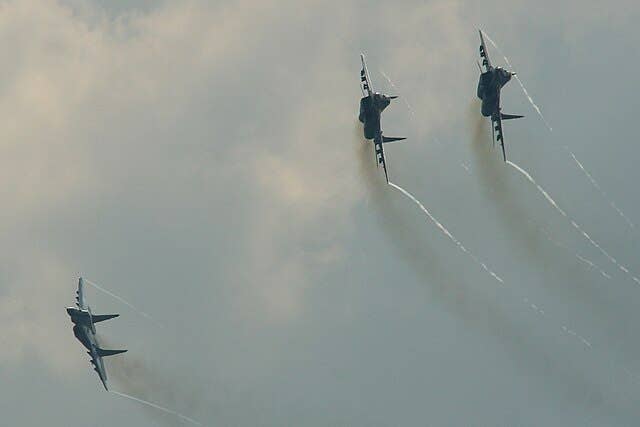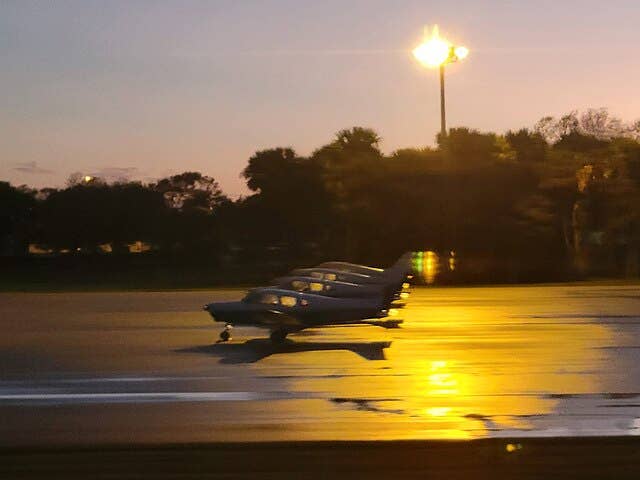
Aviation NewsMassive Dogfight Reported Between India And Pakistan
If confirmed, the battle could be one of the largest dogfights since World War II.
Amelia Walsh
If confirmed, the battle could be one of the largest dogfights since World War II.
Amelia Walsh
Preliminary findings indicate the aircraft was only able to make left turns before crashing shortly after takeoff.
Amelia Walsh
Piper Aircraft has avoided mass layoffs at its Vero Beach facility.
Amelia Walsh